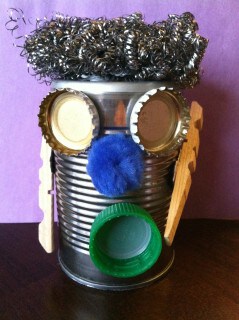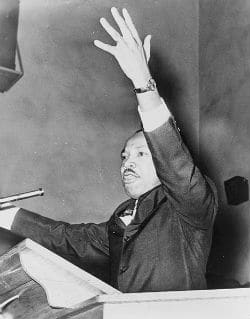Valentine’s Day is a perfect opportunity to tell the people we care about how much they mean to us. The tradition of sharing our feelings by giving cards dates back to the 15th Century in Europe, and the messages were all originally written as poems!

The oldest surviving example of a Valentine’s poem is written in French, but the most famous Valentine’s poem of all is in English:
Roses are red.
Violets are blue.
Sugar is sweet,
And so are you!
The best thing about this poem is that it is so simple to adapt by changing just a few words.
Writing Your Own “Roses are Red” Poem
Some people buy pre-printed cards, but homemade cards always mean a bit more, especially when you’ve written your own personalized poetry inside!







